Nursing
- Key resources
- Basic skills: Start here This link opens in a new window
- Key health websites
- Anatomy & Physiology This link opens in a new window
- Searching health databases This link opens in a new window
- Nursing research topics
- Evidence-based practice
- Indigenous health This link opens in a new window
- Grey literature This link opens in a new window
- Guidelines This link opens in a new window
- Clinical trials This link opens in a new window
- Statistics This link opens in a new window
- Systematic reviews This link opens in a new window
- Referencing This link opens in a new window
- EndNote This link opens in a new window
- Masters by Coursework thesis submission to the Library This link opens in a new window
- Other 'How do I' guides This link opens in a new window
- Additional support This link opens in a new window
Child and Adolescent Health Resources
Using MeSH for child & adolescent health research:
MeSH (Medical Subject Headings): provides a consistent way to retrieve information where authors use different terminology for the same concepts. To search PubMed effectively, you will need to be aware of the MeSH terms used to search for topics relating to child & adolescent health.
Sometimes you will find the age factor as part of the MeSH term - for example Pregnancy in Adolescence, while at others you will need to add the age category to the name of a health problem. One of Medline's great advantages is its list of age groups which you can use when searching. You will find these listed in the Mesh Database.
Exploding MeSH:
Many topics in MeSH have hierarchies of more specific subcategories or related terms. The indentations in the lists reflect the structure of the hierarchy, and the + signs at the end of terms indicate that there is a further hierarchy of terms not displayed here. Any of these terms can be searched individually, or you can explode terms to search sections of the list. Teenage Pregnancy is not a MeSH term. The correct MeSH term is Pregnancy in Adolescence.
Simple search strategy for articles on teenage pregnancy:
"pregnancy in adolescence"[mh] AND English[lang]
This search is very broad and will retrieve all articles on teenage pregnancy from the Medline database (in the English language)
-
PubMed search for teenage pregnancyClick the link above to see how it works
The following search strategy includes a problem or disease category, plus an age limit (obesity in adolescents)
"obesity"[mh] AND "adolescent"[mh] AND English[lang]
-
PubMed search for obesity in adolescentsClick the link above to see how it works
You may sometimes want to exclude adults and children. You may want to find articles which deal only with adolescents NOT articles which deal with adolescents, children and adults too. In this case you could just add
NOT ("adult"[mh] OR "child"[mh])
PubMed's default setting is to "explode" all terms, and so it would exclude adults, including middle aged and older people, and children, including preschool children as well as children aged between 6 and 12.
-
Child healthThe Australian Government's child health page.
-
Child health, development & wellbeing (AIHW)The Australian Institute of Health and Welfare portal for child health.
-
Children & YouthThe Australian Institute of Health and Welfare portal for child and youth health.
-
Depression in teenagers and young adultsResources from the Black Dog Institute.
-
Kid's HealthResources from healthdirect Australia.
-
ReachOut.comA mental health resource for young people.
-
A Social Health Atlas of Young South AustraliansThis atlas seeks to illustrate linkages between socioeconomically disadvantaged areas, poorest health status and greater use of services.
-
Teenager's HealthResources from healthdirect Australia.
-
Youth HealthThe Australian Government's youth heath page.
-
Adolescent and School HealthFrom the Centers for Disease Control and Prevention in the United States.
-
Adolescent healthWorld Health Organization.
-
Child healthWorld Health Organization.
-
Children's HealthFree eBooks from the National Academies Press (US)
-
FastStats: Adolescent HealthThe National Center for Health Statistics (US)
-
FastStats: Child HealthThe National Center for Health Statistics (US)
-
MedlinePlus: Teen HealthThe National Library of Medicine's consumer health information portal. Lists of links are evaluated/reviewed/quality-filtered.
-
RAND: Adolescent HealthUS research on the physical and mental health of adolescents.
-
Youth Risk Behavior Surveillance System (YRBSS)From the Centers for Disease Control and Prevention (US)
- Last Updated: Dec 11, 2024 11:14 AM
- URL: https://libguides.adelaide.edu.au/nursing
- Print Page

